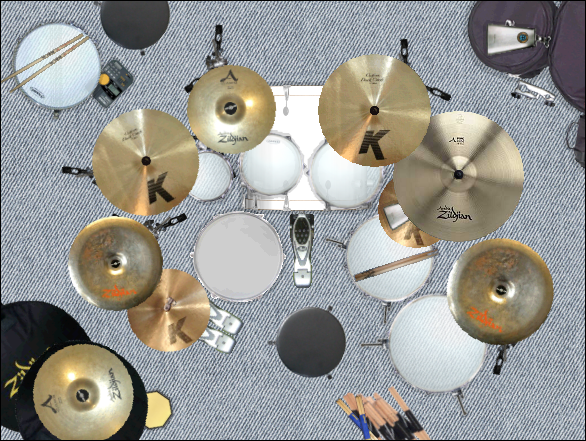DrumMaker.com Drum Supply House is THE SOURCE for custom drum builder's worldwide, huge selection of custom drum parts, Drum. For Employment inquiries, see our Jobs section. For Media inquiries, email elizabethl(at)dwdrums(dot)com. Those interested in Endorsements, please go to this link.
Unlike many instruments, the drum kit provides a highly personalized experience for the drummer. Everything from the diameter, depth, and quantity of the drums to the selection and placement of the cymbals is unique from 1 drummer to the next. For an even more personalized experience, you can build a drum set entirely from scratch. While this process can be intimidating, it offers complete control over the design of your drum kit. By following a few steps, you can learn how to make a drum kit from scratch. Design your drum kit.

Before buying any parts or putting anything together, make a complete plan for your kit. • First, decide how many drums you want, along with the depth and diameter of each drum.
At the least, you will want a snare drum and a bass drum, but adding a few toms will round out your kit. • You will also need to decide on the color of your drums' shells and hardware, and the wood used for the shells. Billy Joel Tokyo here.
Maple, birch, and beech are all common choices for drum shells. • You will need to decide on how any toms will be mounted; if you mount any toms to the bass drum, you will need the appropriate hardware to do so. Buy the shells and hardware. There are several companies offering built-to-spec drum shells and hardware. When ordering, you will choose the wood and finish for each shell, and you can opt to have the holes pre-drilled for the hardware; this is a very good idea, because drilling a single hole in the wrong place can ruin a drum. • Each drum will need the following hardware: rims, tension rods with washers, and lugs. Toms will need mounts and arms, while bass drums will need spurs.
• The snare drum will also need a strainer (also called a throw off), a butt, and a set of snares. • When buying shells, make sure that the bearing edges (the angled part where the rim meets the shell) are already planed.
Planing them yourself would represent a major undertaking. The snare drum should also have the snare bed filed away.